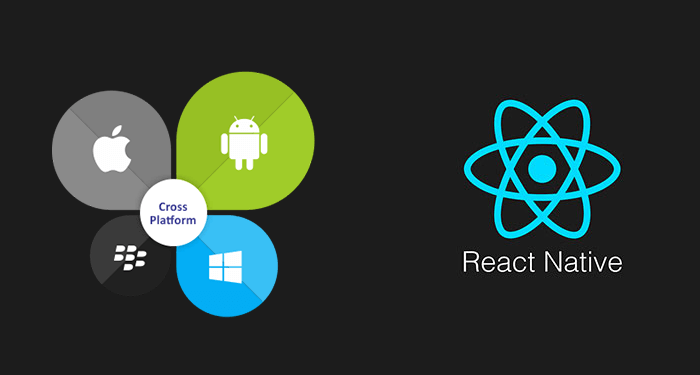React Native is an innovative technology that allows web developers to construct complex mobile applications using their existing JavaScript abilities. As a result, React Native allows for faster mobile development and more effective code sharing across iOS, Android, and even the Web without sacrificing the end-user experience or the app’s quality.
The disadvantage is that it is still in development and is brand new. However, if your team can take the uncertainty that comes with adopting new things and wants to create mobile apps for multiple platforms, React Native is the way to go. Precisely that’s the reason why most of the IT industry businesses are looking to hire network team to take care of their React Native projects.
However, because React Native elevates your project to a new level, debugging may be more difficult, especially when combined React and the host platform. Keeping in mind that the problem one seeks to solve might arise on several levels, we can see that React Native isn’t particularly user-friendly for bugs and debugging.
What React Native can do
React Native and React for the Web are built with JSX, a combination of JavaScript and even XML-like syntax. The React Native bridge then calls the native rendering APIs constructed in Objective-C or even Java modules. As a consequence, your app will look and feel like every other mobile app since it will be generated with fundamental mobile UI components rather than just reviews. Furthermore, JavaScript methods for platform APIs are also included in React Native, allowing you to leverage platform capabilities like the digital camera or even the user’s location in your React Native apps. However, it is crucial to highlight that to maximize the benefits of adopting React Native for your application, you need to employ a React Native developer to simplify your project management and save resources, money, and time.
React Native is now available for iOS and Android, with additional platforms being added in the future. This book will go through both iOS and Android. For the most part, we’ll be building cross-platform code. React Native may also be used to develop production-ready mobile apps. A couple of anecdotes. Furthermore, It’s already being utilized in production for user-facing apps like Facebook and Palantir and apps like TaskRabbit.
What React Native can do: The Advantages of React Native
From the other perspective, react Native, from a different standpoint, transforms your HTML into essential, native UI components, using the platform’s existing rendering techniques. React also runs on a separate thread from the main UI thread, allowing your app to run at lightning speed without sacrificing functionality. Furthermore, the React Native update cycle is identical to that of React. When props or state change, React Native, in the instance, re-renders views. The main difference between React Native and React is that React Native utilizes the host platform’s UI frameworks rather than HTML and CSS syntax.
This implies that web-based developers may design mobile applications that function, look and feel native apps and utilize familiar technologies. In addition, react Native operates standard mobile programming in two further areas: developer experience and opportunities for cross-platform development.
Independence of the platform
In order to keep iOS alive, Facebook built the React native. It now covers all of the different ways of running Android. This means that a single source app works on both iOS and Android.
Sharing is Caring
Working with React Native may cut the time and resources required to build mobile apps dramatically. Any developer who is able to write reaction code with the same skill may now target the Web, iOS, and even Android. React Native enables your group to iterate more effectively and exchange knowledge and expertise by eliminating the need for ‘silo’ developers based on their target platform.
Besides the standard information, a large part of your code may be shared. For example, not all of the code you develop is cross-platform, and depending on what features you want on a specific platform, you may sometimes need to utilize Objective C or Java. On the other hand, React Native makes it astonishingly simple to reuse code between platforms. The 2015 introduction of React Europe, for example, says that the Facebook Ads Manager version of that same Android operating system has an 87% share of the codebase also with the iOS version.












